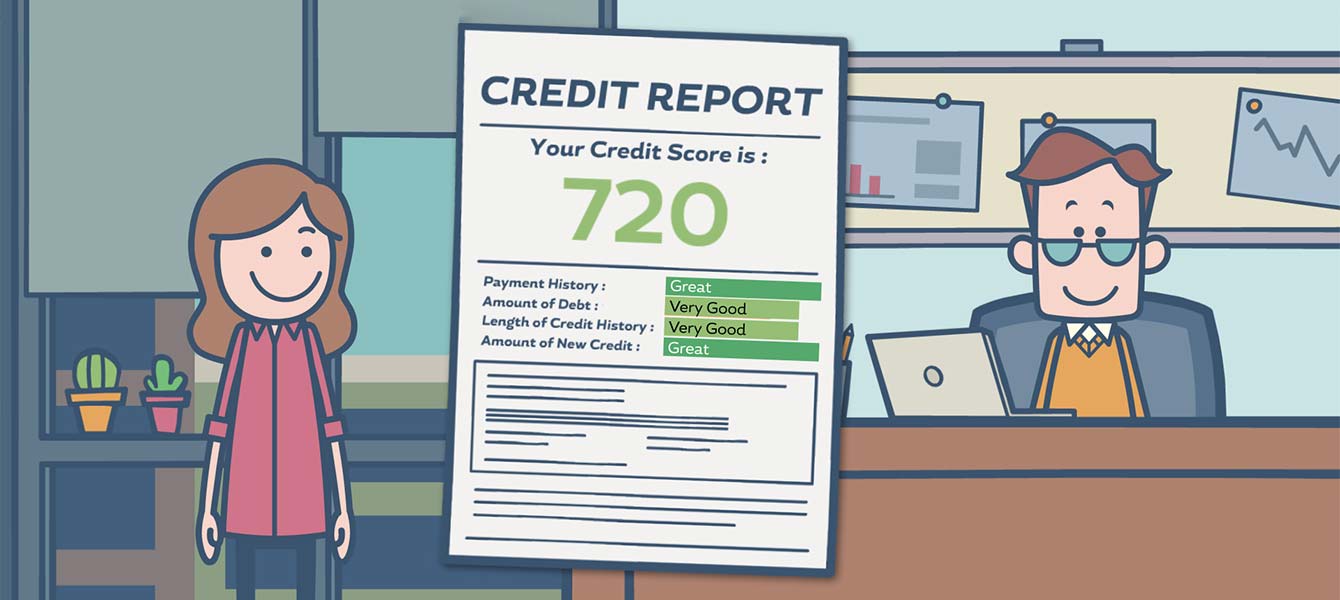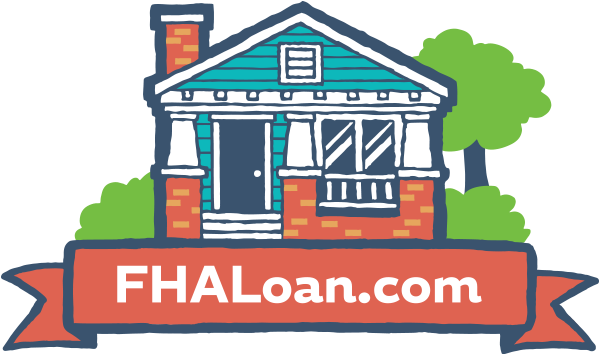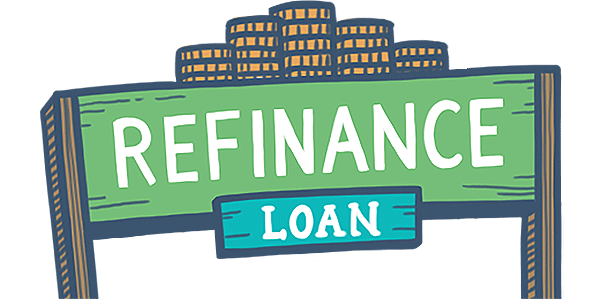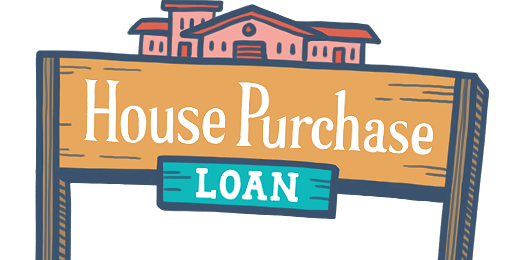Make Your Home Energy-Efficient with the FHA EEM
March 10, 2021
However, it is not always affordable for everyday Americans to implement such energy-saving technology in their homes. To pay for such upgrades, many homebuyers and owners look into opening new credit cards or even getting Home Equity Loans.
What many people do not realize is that there is another option available through the FHA, which is the Energy Efficient Mortgage (EEM). With this mortgage program, the borrower is credited for having energy-efficient updates in the home with the mortgage itself. The EEM allows borrowers to finance energy-saving measures in their home along with the purchase or refinance. By stretching the debt-to-income ratio and allowing potential borrowers to qualify for a bigger loan, the FHA lets them buy a more energy-efficient home.
The EEM is also cost-efficient, since less energy usage means smaller utility bills! The money that borrowers save on their bills can then be used toward paying off the larger loan.
How Does the EEM Work?
The FHA offers Energy Efficient Mortgages in which it insures a loan that is used to purchase/refinance a home as well as the cost of energy efficient improvements. This is called the "energy package.”
Before you can be approved for the additional funds for the upgrades, you will need to have a home energy assessment done. This will provide recommendations of energy-saving improvements, estimates of how much each upgrade will cost, and an estimate of how much money they will SAVE the borrower. According to HUD regulations, the person must be trained and certified as a (1) Building Performance Institute Building Analyst Professional, a (2) Building Performance Institute Home Energy Professional Energy Auditor, or (3) a Residential Energy Services Network Home Energy Rater.
The FHA’s lending limits do not upset the process of obtaining an EEM, but there is a way to determine how much can be financed. The maximum amount of the portion of the EEM for energy efficient improvements is the lesser of 5% of:
- the value of the property, or
- 115% of the median area price of a single-family dwelling, or
- 150% of the conforming Freddie Mac limit.
If you are interested in making energy-saving upgrades to your home, the FHA Energy Efficient Mortgage might be a great option for you. HUD has a list of approved lenders able to provide EEM programs, in addition to a fact sheet about FHA's EEM.
------------------------------
RELATED VIDEOS:
Show Them You're Serious By Depositing Earnest Money
Homebuyers Benefit From the Work Done by Freddie Mac
Your Second Mortgage Is a Home Equity Loan

FHA Loan Articles
July 29, 2023One crucial aspect of FHA loans that borrowers need to understand thoroughly is debt ratios. In this article, we look at how they can impact your ability to secure financing for your dream home. Debt ratios help lenders understand a borrower's creditworthiness and any risks associated with the loan.
July 21, 2023Investing in a multi-unit property can be an excellent way to build wealth through rental income and property appreciation. FHA multi-unit property loans make this opportunity more accessible to a broader range of individuals. You must occupy a unit as your primary residence within 60 days of closing the loan.
July 15, 2023To qualify for an FHA loan, you must meet certain employment requirements. In this article, we'll dig into the FHA loan employment requirements so that you can understand what's needed to get approved for this type of mortgage.
July 7, 2023Manufactured homes, sometimes referred to as mobile or modular homes, are factory-built residences designed to meet or exceed national building codes set HUD. They offer cost savings and energy efficiency, making them an attractive housing option for many Americans.
July 2, 2023Buying a home is a significant milestone in life, and for many, it's a dream come true. However, the path to homeownership can be fraught with challenges, and one of the most concerning issues can be high FHA loan interest rates.







